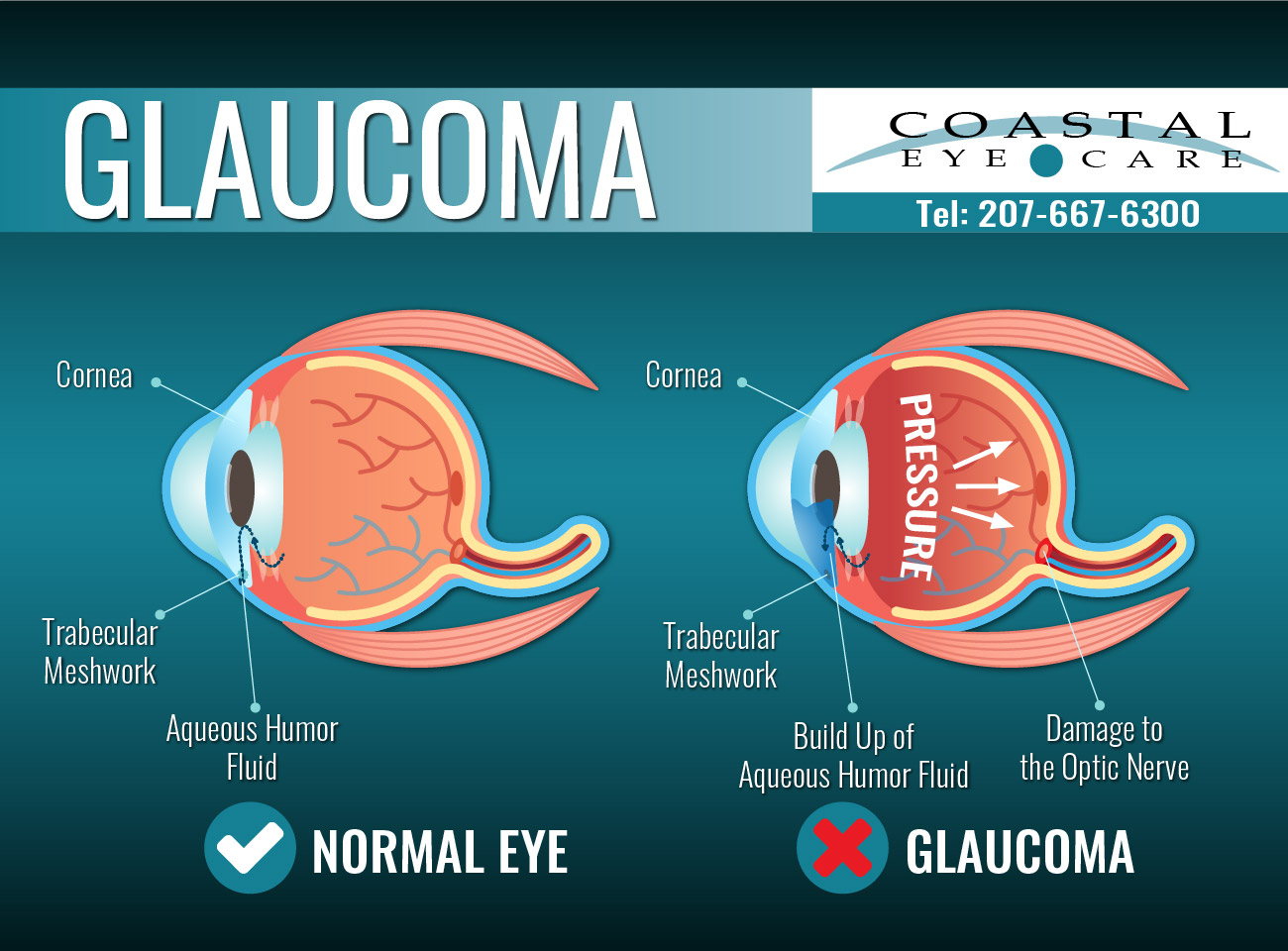Sophisticated Refractive Surgeries in AL: Transform Your Vision Today
Sophisticated Refractive Surgeries in AL: Transform Your Vision Today
Blog Article
Recognizing the Different Vision Correction Procedures Available for Clearer Sight
In the realm of vision adjustment procedures, a wide range of alternatives exist to resolve refractive errors and provide individuals with more clear view. From the widely identified LASIK surgical treatment to less intrusive treatments like PRK and implantable lenses, the field of ophthalmology provides a variety of strategies tailored to fit different demands and preferences. Each procedure features its own set of factors to consider, advantages, and prospective threats. Comprehending the nuances of these vision modification methods is vital for making educated decisions concerning one's visual health and wellness. Allow's explore the ins and outs of these procedures and shed light on the course to achieving enhanced vision clarity.
LASIK Surgical Procedure
LASIK surgical procedure is an usual refractive treatment utilized to fix vision problems such as nearsightedness, farsightedness, and astigmatism - glaucoma service near me. This surgical method, which represents Laser-Assisted in Situ Keratomileusis, intends to reshape the cornea to improve how light is concentrated on the retina, inevitably improving vision quality. Throughout the treatment, a slim flap is produced on the cornea, and a laser is used to eliminate specific quantities of tissue to reshape it suitably. This reshaping enables light to be precisely focused onto the retina, fixing refractive errors.
One of the primary benefits of LASIK surgical treatment is the rapid renovation in vision experienced by people. Generally, LASIK surgical treatment is a popular choice for individuals looking for a long-term remedy for their vision problems.
PRK Procedure
While likewise a typical refractive treatment, the PRK (Photorefractive Keratectomy) method varies from LASIK surgical procedure in its method to dealing with vision problems. In PRK, rather of creating a flap on the cornea, the outer layer of the cornea, called the epithelium, is entirely eliminated. This permits the laser to improve the cornea to deal with refractive errors such as farsightedness, nearsightedness, and astigmatism directly externally.

Regardless of the longer recuperation time, PRK can yield excellent results in vision renovation, making it an important alternative for those that might not be suitable prospects for LASIK surgical treatment.
Implantable Lenses
As opposed to PRK where the cornea is improved straight, implantable lenses offer an additional method for dealing with vision by inserting fabricated lenses inside the eye. This procedure is particularly useful for individuals with high degrees of astigmatism, nearsightedness, or farsightedness that might not appropriate prospects for laser surgical treatments like LASIK or PRK.
Implantable lenses, also called phakic intraocular lenses, job by supplementing the eye's natural lens with a synthetic one. glaucoma service near me. These lenses can be placed before the natural lens (former chamber) or behind the iris and in front of the natural lens (posterior chamber) By readjusting the power and positioning of these lenses, ophthalmologists can properly fix refractive errors and improve aesthetic skill
One advantage of implantable lenses is that they are exchangeable and removable, supplying flexibility for future modifications. Nonetheless, just like any type of procedure, there are dangers involved, such as infection or cataract formation. Clients considering implantable lenses should talk to an eye treatment specialist to identify the most appropriate option based upon their individual requirements and eye wellness.
Corneal Rings
Corneal rings, also understood as intracorneal ring sections, are tiny, transparent tools inserted into the cornea to correct vision distortions such as keratoconus. Keratoconus is a problem where the cornea thins and protrudes external, causing vision to come to be altered. The insertion look here of corneal rings helps to flatten the cornea, enhancing aesthetic acuity and decreasing the uneven astigmatism brought on by keratoconus.
The procedure for putting corneal rings is fairly fast and minimally intrusive, often carried out as an outpatient treatment. Throughout the surgical procedure, the ophthalmologist makes a small cut in the cornea and inserts the rings at a details deepness. When in position, the rings assist to reshape the cornea, supplying a smoother surface for light to go into the eye, which can lead to clearer vision.
Corneal rings are considered a relatively easy to fix procedure, as they can be gotten rid of or replaced if necessary. refractive surgeries in al. While they might not totally get rid of the need for glasses or call lenses, corneal rings can dramatically boost vision quality and overall visual convenience for people with keratoconus or various other corneal irregularities
Refractive Lens Exchange
Adhering to the adjustment of corneal irregularities with procedures like corneal rings, one more vision modification method that can resolve refractive errors is Refractive Lens Exchange (RLE) RLE is a procedure that involves replacing the eye's natural lens with an artificial intraocular lens (IOL) to correct refractive mistakes such as presbyopia, nearsightedness, and farsightedness. This procedure is specifically advantageous for individuals who may not appropriate candidates for treatments like LASIK or PRK because of variables such as thin corneas or high refractive mistakes.

Verdict
In conclusion, there are different vision modification treatments available to help individuals accomplish more clear view. LASIK surgical treatment, PRK treatment, implantable lenses, corneal rings, and refractive lens exchange are all options that can attend to various vision concerns.
In the world of vision improvement procedures, a multitude of options exist to resolve refractive errors and give individuals with clearer view.LASIK surgical procedure is a typical refractive procedure used to fix vision troubles such as astigmatism, farsightedness, and nearsightedness.While look here likewise an usual refractive treatment, the PRK (Photorefractive Keratectomy) strategy differs from LASIK surgery in its approach to dealing with vision troubles.Following the improvement of corneal abnormalities with procedures like corneal rings, an additional vision improvement method that can address refractive mistakes is Refractive Lens Exchange (RLE) LASIK surgery, PRK treatment, implantable lenses, corneal rings, and refractive lens exchange are all options that can deal with various vision issues.
Report this page